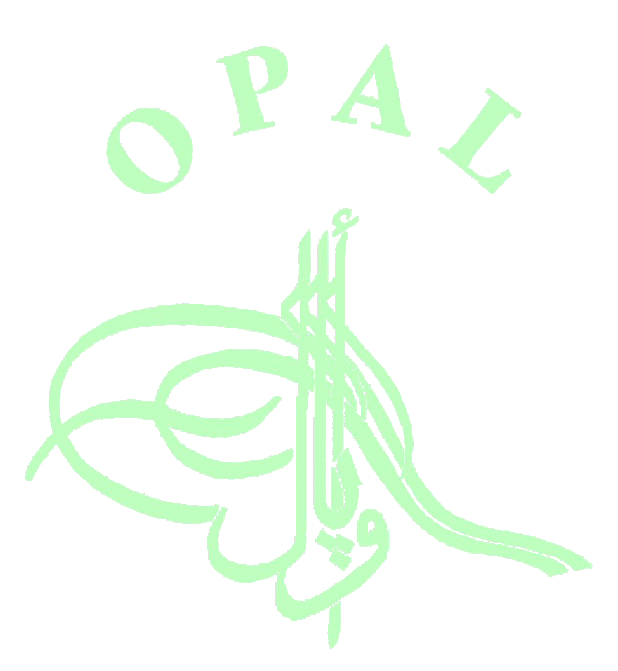
Oriental Philatelic Association of London
© Martin Lovegrove 2011

The type of publication used by OPAL to communicate with its members has changed
over the years. Up to the end of 1976 no distinction was made between information
about the internal affairs of the association, such as membership lists and auctions,
and information, or requests for it, about the members' philatelic and postal history
interests. All was combined in what began by being described as a newsletter and
later was dignified by being called the journal. Individual issues were numbered
through from No 1. For a time beginning in 1959 issues were grouped in numbered volumes,
but this was discontinued in 1981. As from issue No 142 (November 1976), the journal,
at least in principle, ceased to contain internal business, leaving it to be publicised
in a separate series of newsletters. This index does not cover these post-
In addition to the regular journal issues, the index covers three special journal issues published jointly with the Tughra Times and fourteen supplements. The references to the special journals and to the supplements are preceded respectively by the letters OTT or S as the case may be.
The index gives for each reference two numbers, the first of which is the issue serial number and the second of which is the page number. The most compelling reason for including page numbers is that there are many instances of the same topic cropping up at more than one place in a particular issue. Unfortunately there are several issues which have no printed page numbers and for which the index compiler has had to devise them. Similarly, the supplements issued without serial numbers have had to be given numbers at this stage to facilitate their identification.
The chronology at the end of this preface is intended to give the index-
Most of the contents of the journals has a geographical context. The index is therefore
mainly arranged alphabetically by the country headings familiar to users of stamp
catalogues. Below this level, an arrangement in alphabetical order is not practicable.
Instead, for countries with a large number of entries, sub-
Turkey has been split between the Ottoman Empire and the Turkish Republic. The Ankara issues have been treated as if the republic was already in being when they were made.
The compiler has tried to bring all references to the same subject into the same entry. This has made it impracticable to carry forward the titles of articles and names of their authors from the previously published index. Unfamiliarity with many parts of the field covered may have led to failure to realise the connection when the same subject is referred to by different names by different authors, especially those who did not give such points of reference as dates and catalogue numbers.
INDEX TO OPAL JOURNALS